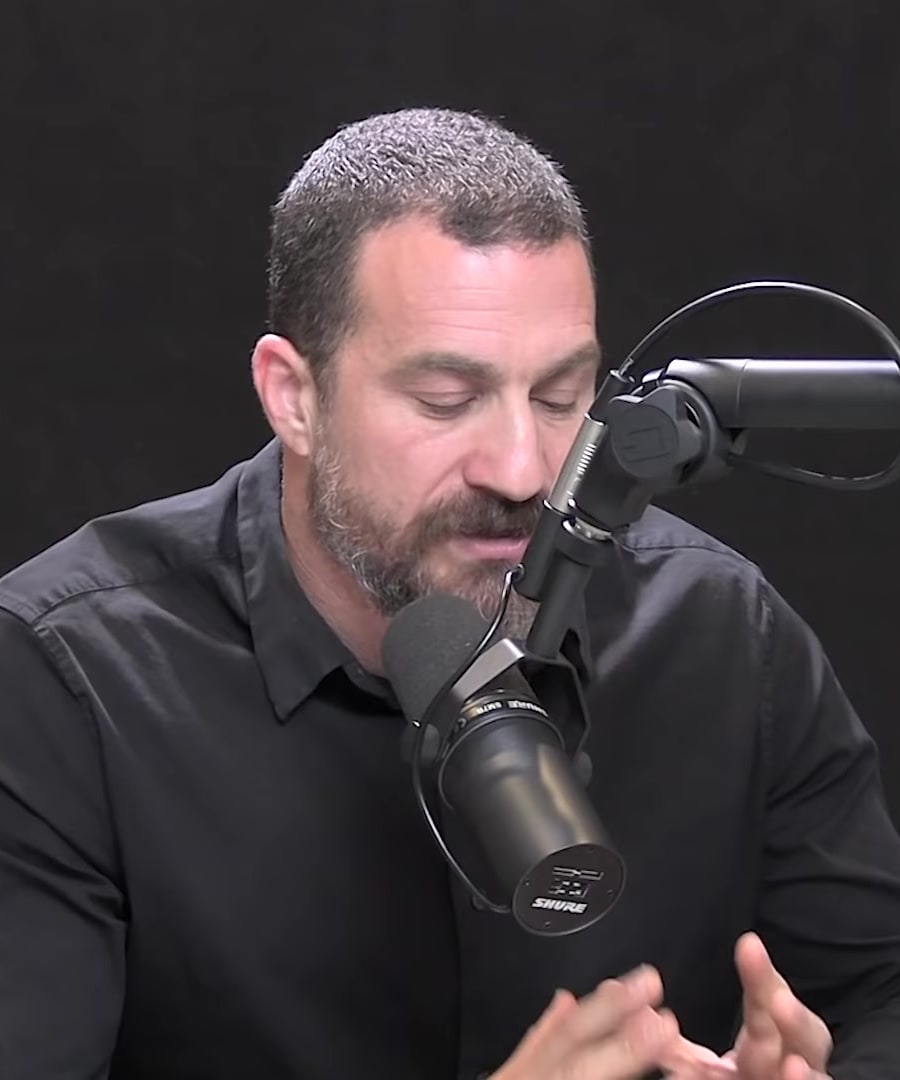What is the neural circuitry?
Sources:
Neural circuitry refers to interconnected brain areas that, when active in a specific sequence, give rise to particular behaviors or perceptions. Contrary to the notion of a single brain area responsible for a specific function, neural circuits involve multiple regions working together, much like keys on a piano playing in harmony to create a song. This concept helps us understand complex functions like goal-seeking and emotional responses, which draw on various brain regions in concert rather than in isolation. Each region may play a necessary role, but it is not sufficient alone to produce an experience or behavior [1].
For example, in goal-directed behavior, the basal ganglia, lateral prefrontal cortex, orbitofrontal cortex, and amygdala form a circuit. The basal ganglia help initiate and prevent actions, the prefrontal cortex is involved in planning and executive function, the orbitofrontal cortex blends emotional aspects, and the amygdala integrates fear and anxiety related to goal pursuit [2].
This interconnectedness within the neural circuitry facilitates complex cognitive and physiological functions, including reading, speaking, emotional regulation, and motor control [3] [4] [5].
RELATED QUESTIONS




